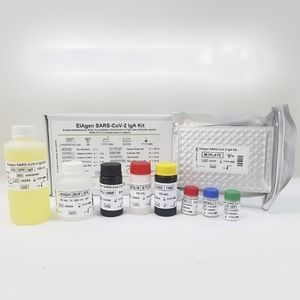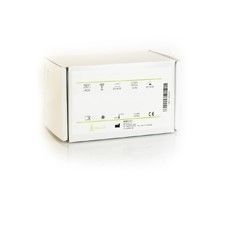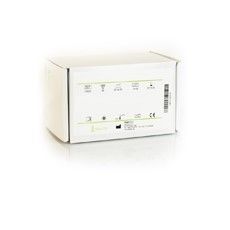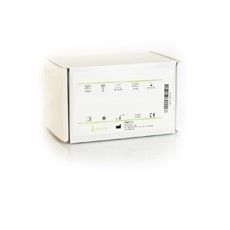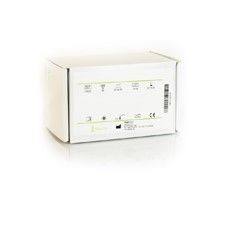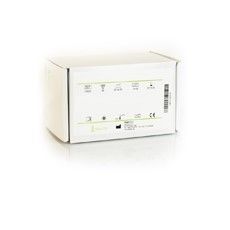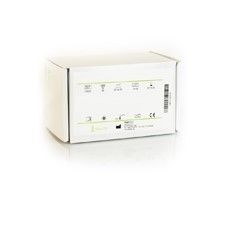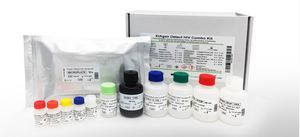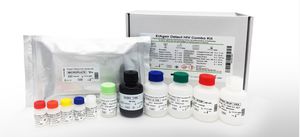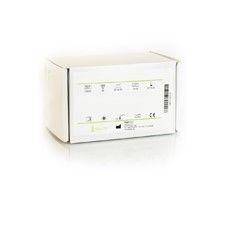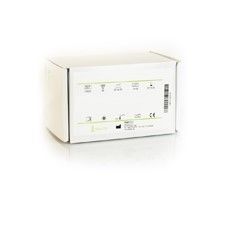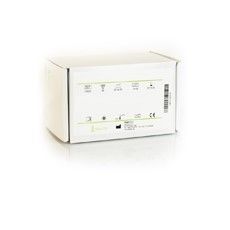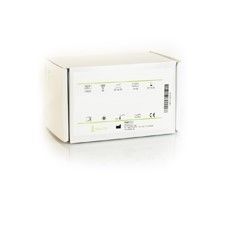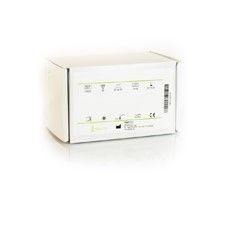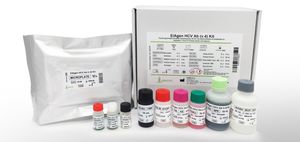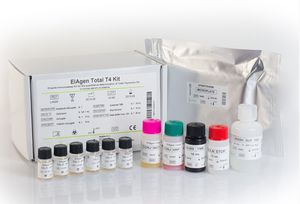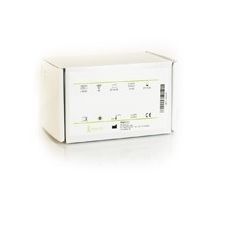
Hepatitis A test kit EIAgenfor antibodiesHAVplasma
Add to favorites
Compare this product
Characteristics
- Applications
- hepatitis A
- Tested parameter
- for antibodies
- Micro-organism
- HAV
- Sample type
- plasma, urine, stool
- Analysis mode
- ELISA
Description
Competitive Enzyme ImmunoAssay (ELISA) for the determination of antibodies to Hepatitis A Virus in human plasma and sera. The kit is used for the follow-up of patients infected by HAV. For “in vitro” diagnostic use only.
Introduction
Hepatitis A continues to be one of the most frequently reported vaccine-preventable diseases in the world, despite the licensure of hepatitis A vaccine in 1995. Widespread vaccination of appropriate susceptible populations would substantially lower disease incidence and potentially eliminate indigenous transmission of hepatitis A virus (HAV) infection. HAV, a 27-nm RNA agent classified as a picornavirus, can produce either asymptomatic or symptomatic infection in humans after an average incubation period of 28 days (range, 15-50 days). The illness caused by HAV infection typically has an abrupt onset of symptoms that can include fever, malaise, anorexia, nausea, abdominal discomfort, dark urine, and jaundice. The likelihood of having symptoms with HAV infection is related to the person's age. In children less than 6 years of age, most (70%) infections are asymptomatic; if illness does occur, it is not usually accompanied by jaundice. Among older children and adults, infection is usually symptomatic, with jaundice occurring in greater than 70% of patients. Signs and symptoms usually last less than 2 months, although 10%-15% of symptomatic persons have prolonged or relapsing disease lasting up to 6 months. In infected persons, HAV replicates in the liver, is excreted in bile, and is shed in the stool. Peak infectivity of infected persons occurs during the 2-week period before onset of jaundice or elevation of liver enzymes,
Related Searches
- Assay kit
- Solution reagent kit
- Blood assay kit
- Molecular biology reagent kit
- Serum assay kit
- Immunoassay assay kit
- Plasma assay kit
- Infectious disease detection kit
- Diagnostic reagent kit
- Molecular test kit
- Whole blood detection kit
- Respiratory infection test kit
- Clinical assay kit
- Optical assay kit
- Dye reagent
- Fluorescence assay kit
- ELISA assay kit
- Buffer solution reagent kit
- COVID-19 detection kit
- Real-time PCR test kit
*Prices are pre-tax. They exclude delivery charges and customs duties and do not include additional charges for installation or activation options. Prices are indicative only and may vary by country, with changes to the cost of raw materials and exchange rates.





